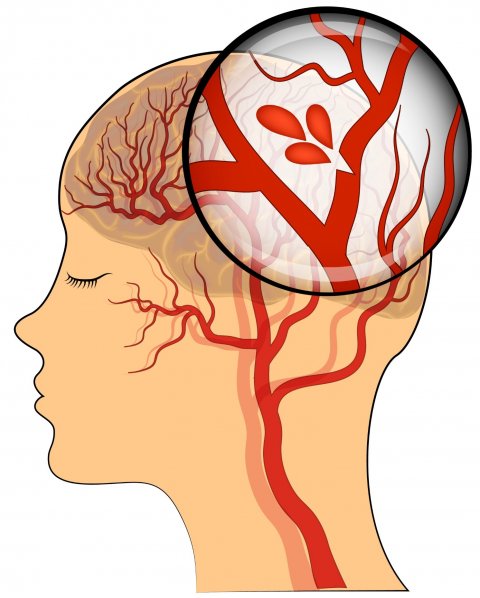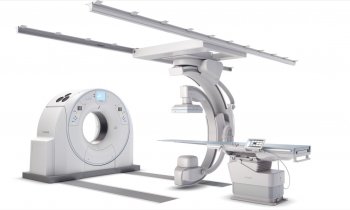News • Neurology research
Stroke: Women remain underrepresented in clinical trials
A new study shows that women are underrepresented in stroke clinical trials relative to the number who have strokes in the general population.

Image source: Shutterstock/Artemida-psy
The research is published in Neurology, the medical journal of the American Academy of Neurology. “Making sure there are enough women in clinical studies to accurately reflect the proportion of women who have strokes may have implications for future treatment recommendations for women affected by this serious condition,” said study author Cheryl Carcel, MD, of The George Institute for Global Health in Sydney, Australia. “When one sex is underrepresented in clinical trials, it limits the way you can apply the results to the general public and can possibly limit access to new therapies.”
The study looked at 281 stroke trials with at least 100 participants conducted between 1990 and 2020. The total number of participants was 588,887, of whom 37.4 % were women. The average prevalence of stroke in women across the countries included was 48%. Results were calculated in participation-to-prevalence ratio, a relative measure that weights the percentage of women in a trial compared to their proportion in the total population with that disease. It’s a simple way to tell if a research project has recruited enough women to be able to make accurate conclusions about the findings. A ratio of one means the percentage of women in the study is the same as the percentage of women with the disease in the general population. An acceptable range for an ideal ratio of female participation is between 0.8 and 1.2.
We will only achieve more equitable representation of women in clinical trials when researchers look at the barriers that are keeping women from enrolling in studies and actively recruit more women
Cheryl Carcel
Researchers found that overall, women were represented at a lower proportion relative to their prevalence in the underlying population, with a ratio of 0.84, and this did not change over time. They found the greatest differences in trials of intracerebral hemorrhage, with a ratio of 0.73; trials in which the average participant was below 70 years of age, with a ratio of 0.81; non-acute interventions, with a ratio of 0.80; and rehabilitation trials, with a ratio 0.77. “Our findings have implications for how women with stroke may be treated in the future, as women typically have worse functional outcomes after stroke and require more supportive care,” Carcel said. “We will only achieve more equitable representation of women in clinical trials when researchers look at the barriers that are keeping women from enrolling in studies and actively recruit more women. People who fund the research also need to demand more reliable, sex-balanced evidence.” A limitation of the study is that it included only studies registered on a U.S. government website and may not have captured all stroke trials.
Source: American Academy of Neurology
14.10.2021











